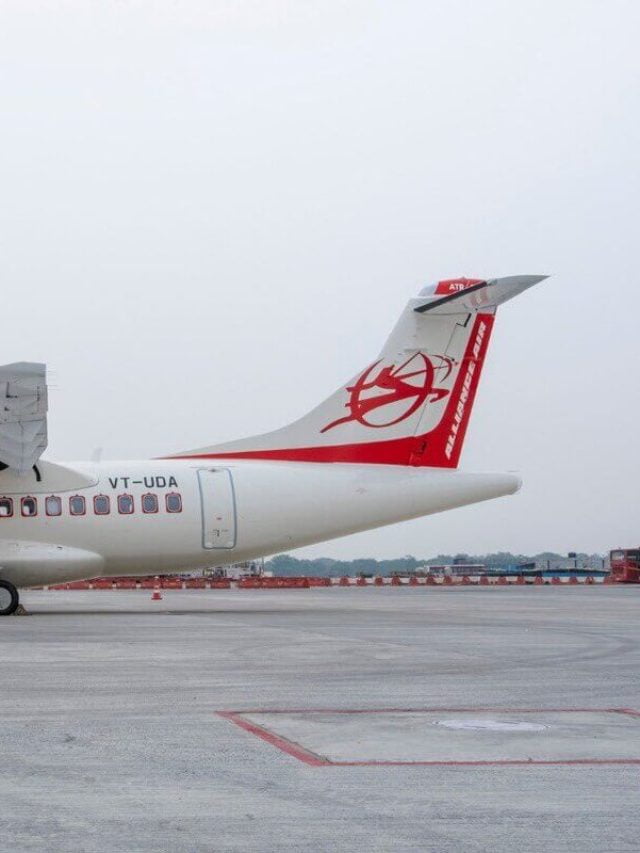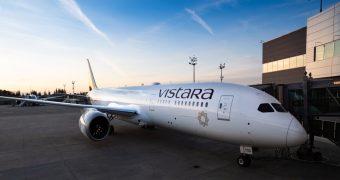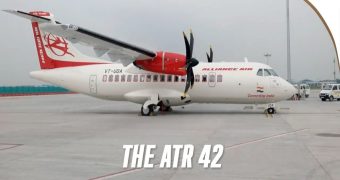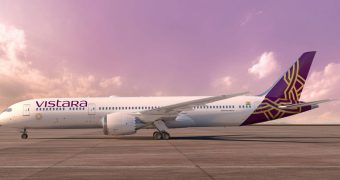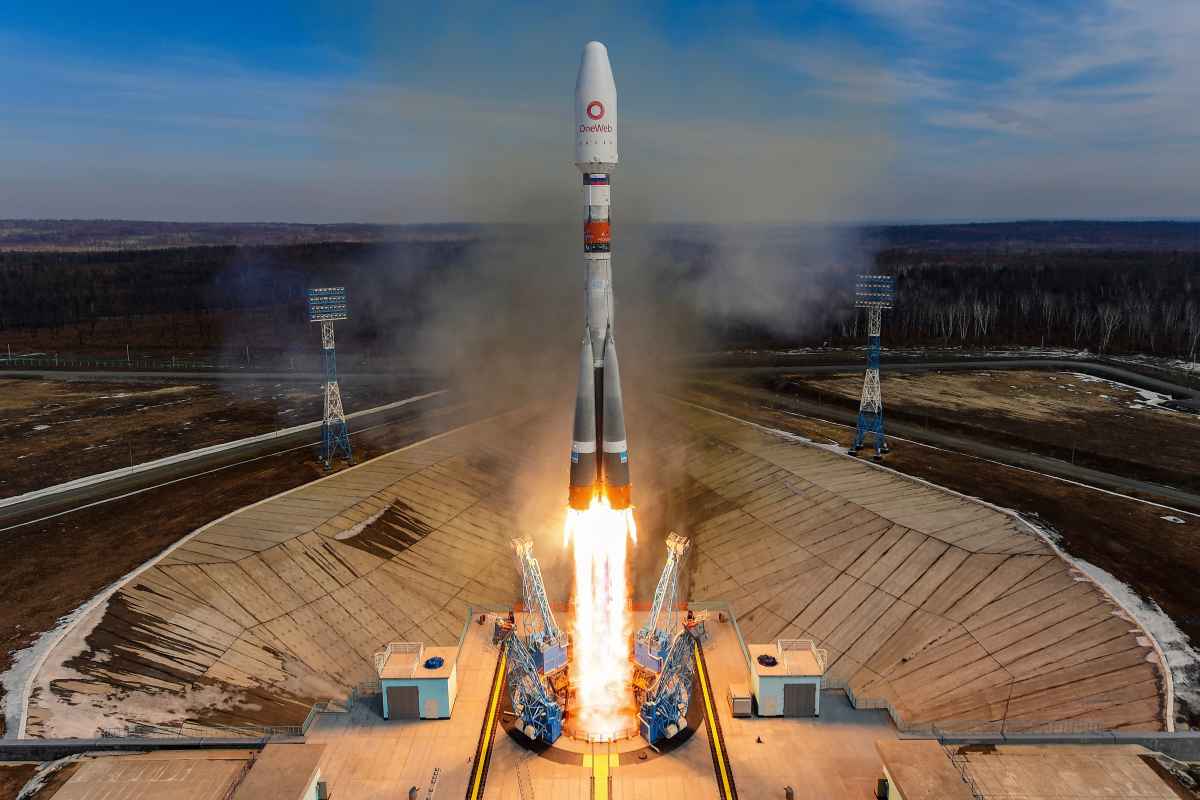Flying a drone can be stressful sometimes. Mostly, drone flyers feel that buying a drone is far easier than flying the same. The major reason behind it is not the technical aspects but the legal rules and regulations which sometimes creates a hassle for flyers. Even though flying a drone is legal in India, there are certain Drone Laws and regulations which the flyers have to follow to stay away from hassle. Currently, if you are an Indian then only you can fly drones in India. In case if you are a foreigner, you will not be allowed to fly drones in India. However, in commercial cases, a foreigner can fly drones. But for that, they will have to lease the drone to an Indian representative who in-turn will obtain Unique Identification Number (UIN) and UAOP from Directorate General of Civil Aviation or DGCA.
Flying drones legal in India: What you should know
Registration in Digital Sky Portal
For every single person who is planning to fly a drone, the first thing they will have to do after purchasing a drone will be registration in Digital Sky Portal. The government has specially designed the portal under the fresh guidelines which have been stated by the Ministry of Civil Aviation. One important thing about the drone laws which drone operators must know is that all the drones will have to be registered in the portal. However, Nano drones will be exempted from the registration. Another important thing which drone holders must be aware off is the age factor. Every single person who is planning to fly a drone in India must be at least 18 years or above in age. In the case of minors, the form will be declined by the government.
Categories of Drones
Before Jumping into the general requirements, it is necessary to know about the categories of drones. DGCA has stated five categories of drones. Firstly, the most basic category of drones is Nano drones. These drones are small, and they are less than or equal to 250 grams. Only Nano drones are exempted from the registration process, which is mandatory for drone flyers. The reason behind it is the compact size of the drone. Second, in the list is the Microdrones which weigh from 250 grams up to 2Kg. Small drones are the third category of drones which weigh from 2kg to 25kgs. Fourth in the list is the Medium drones which weigh between 25Kg and 150Kg. Last in the list is Larger drones which weigh more than 150kgs. Except for Nano Drones, if the users are opting for any other drone, they will have to register their respective drones in Digital Sky Portal and get their Unique Identification Number (UIN).
Government’s No Permission No Takeoff Policy
If you have just purchased and registered your drone to get some cool aerial photos and videos for your profile or commercial work, you must be aware of the ‘No Permission No Takeoff Policy’ drone law stated by the government. Drone flyers in order to fly drones in India have to request permission to operate and fly a drone with the help of an app. Once the user requests the permission, the app will automatically accept and reject the request depending upon the location. In case if the request is rejected, users will not be able to take off. This entire process has been termed as ‘No Permission No Takeoff’. There are certain places where drones cannot be operated. For example, drones cannot be operated in places which comes under the ‘No Fly Zone’. Government of India has labelled places such as Airport international borders and many other places under No-Fly Zone.
General Rules for Operating Drone in India
As reported by UAV Coach, the most basic rule which every drone operator must know is that except Nano drones all the other category of drones must be registered with the Digital Sky Portal in order to get the Unique Identification Number (UIN). No category of drones must be operated above 400 feet vertically. Apart from this, drones laws and regulations also state that drones must strictly be not flown in No-Fly Zones. Pilots who are operating drones must always maintain a direct visual line of slight during the entire fly time. Lastly, in case if the pilots want to operate drones in controlled airspace, they can fill a special flight plan and obtain FIC number.
Drone Equipment Necessary in India
In order to get the UIN number, drones must have certain equipment’s which are mandate by the Civil Aviation Ministry of India. Drone Manufacturers equip the drone with all the safety equipment and features. Some pieces of equipment are necessary to fly a drone in India. The major equipment which drones must have is the GPS and Return to Home (RTH) feature. Apart from this, drones must have a flight controller with flight data logging capability. Also, pilots must have an RF ID and SIM/ No Permission No Takeoff (NPNT). Pilots who have obtained the UIN will have to stick the number in the drone with a plate. Drones must also be equipped with Anti-Collison light.
Back in 2018, operating drones were one of the most hassle things for pilots. Police and government approvals were necessary for operating drones in India. However, after the introduction of Digital Sky Portal, drone registration and flying process have become comfortable and hassle-free. Drones are slowly becoming one of the most beloved equipment in the Indian digital space. All the creators have started using drones to get some of the best aerial photos and videos to step up their content game. If you are stepping into the aerial photography and videography, you must check out all the necessary drone laws regulations before flying a drone in India.
